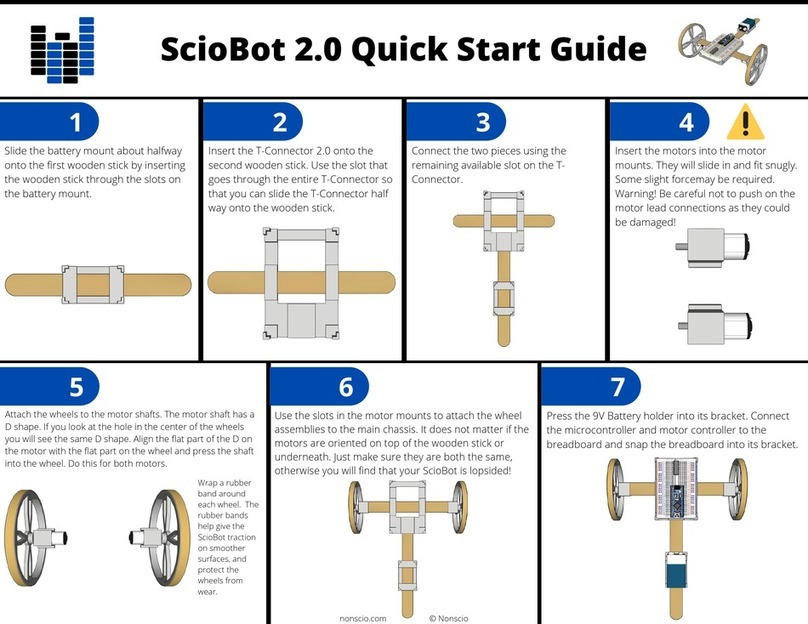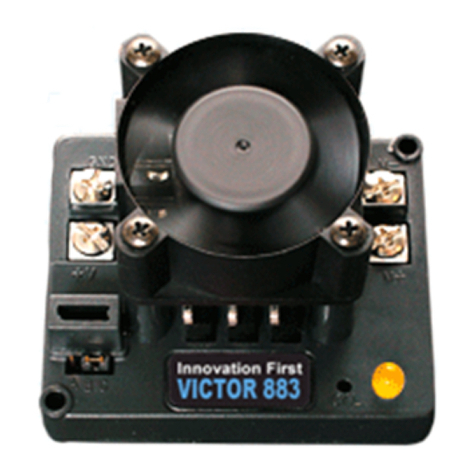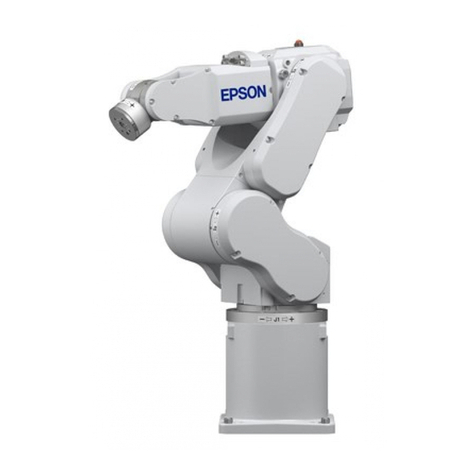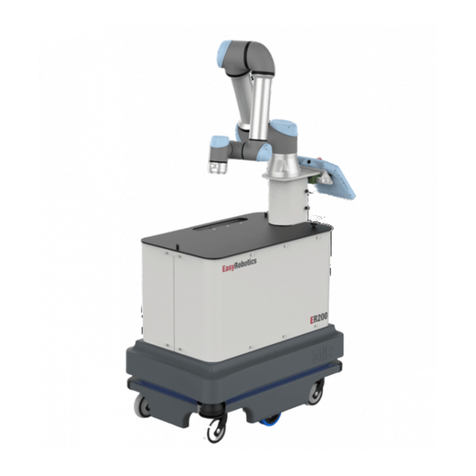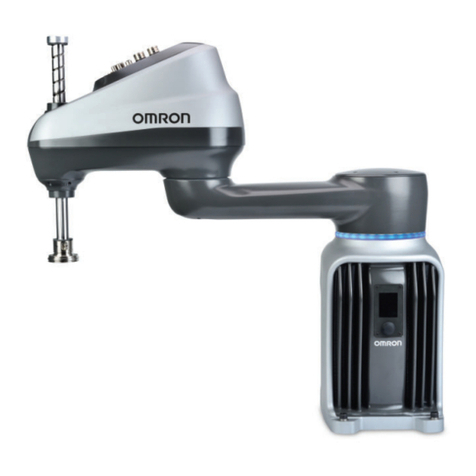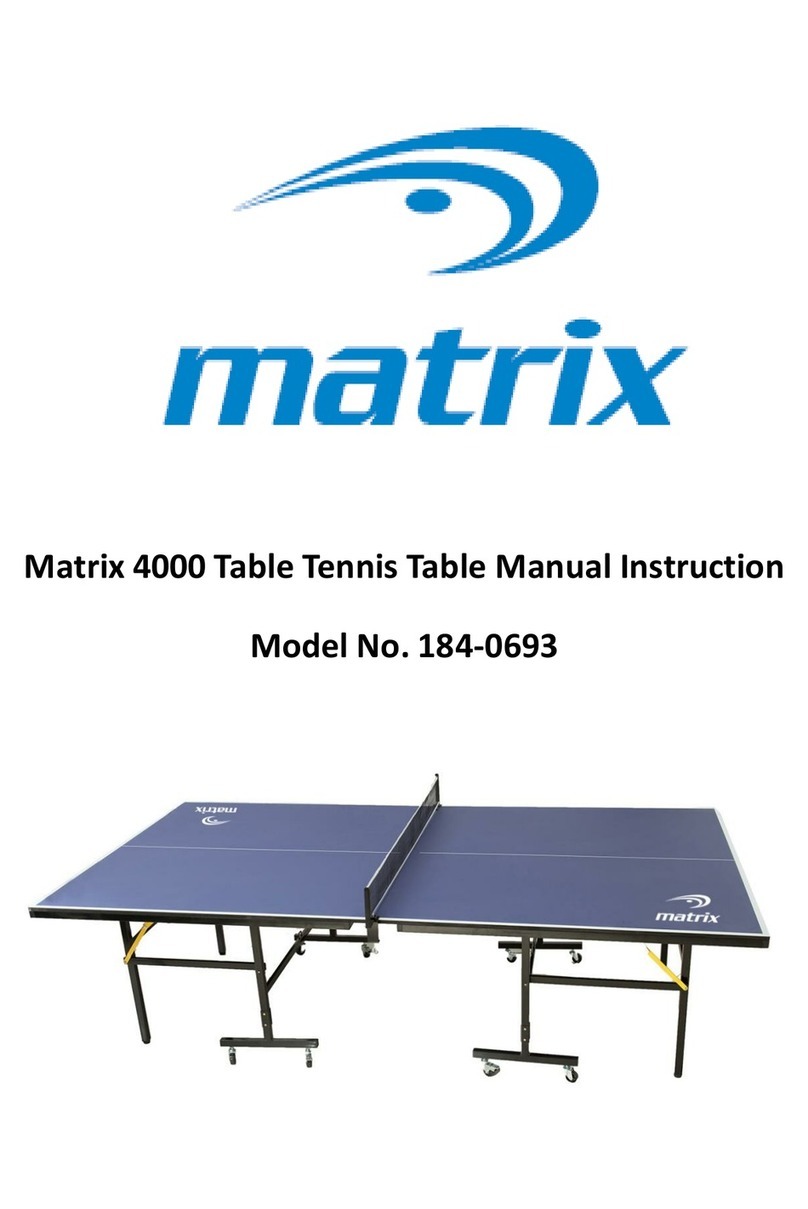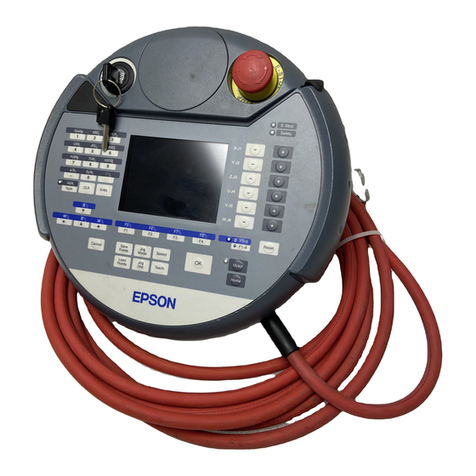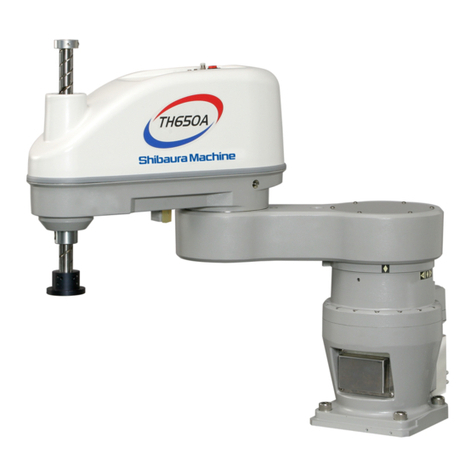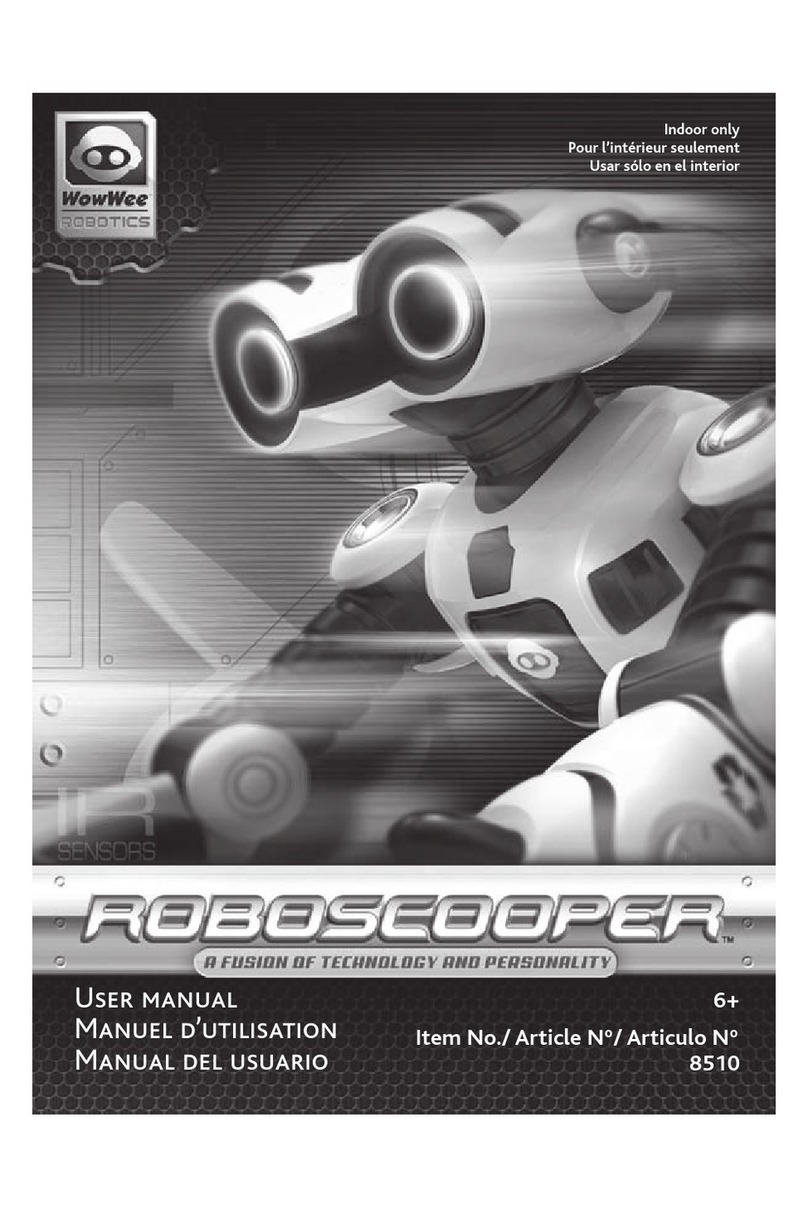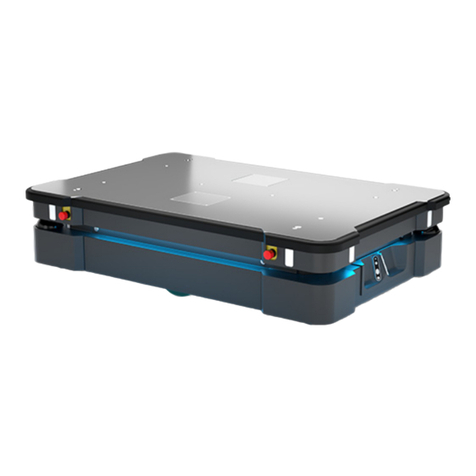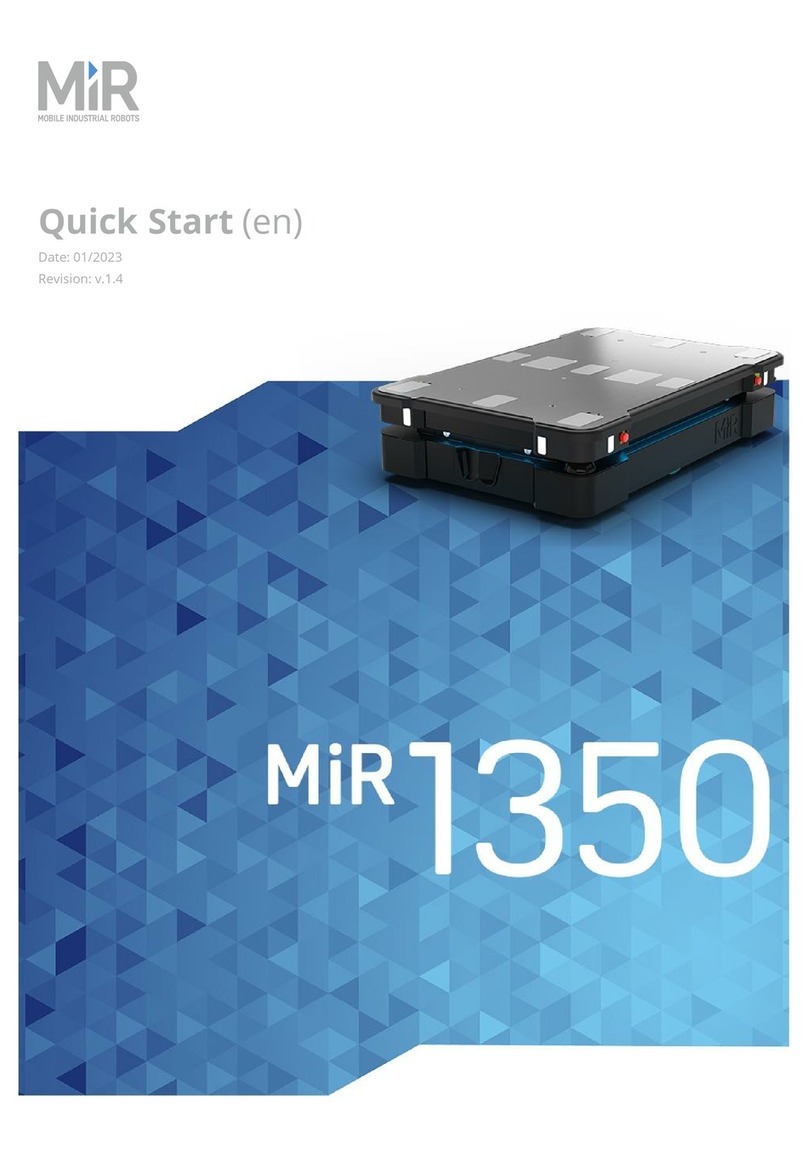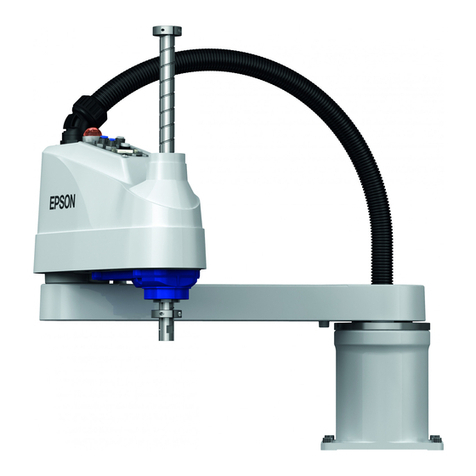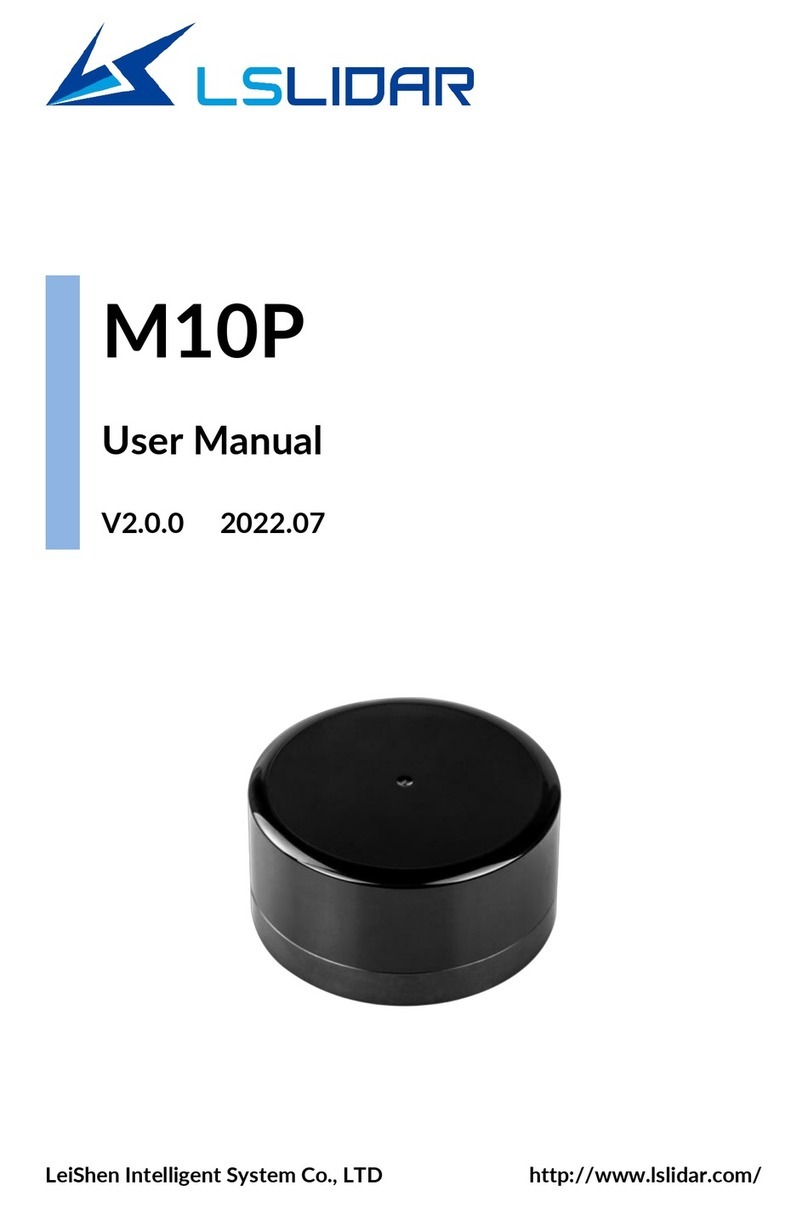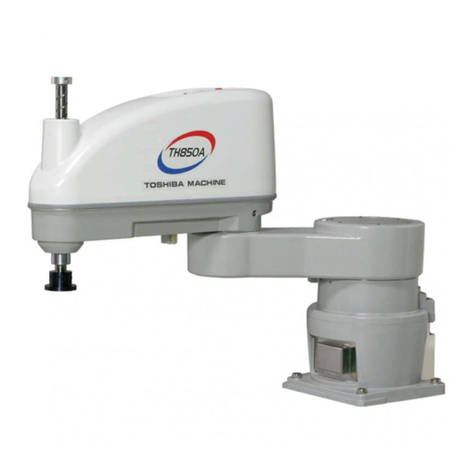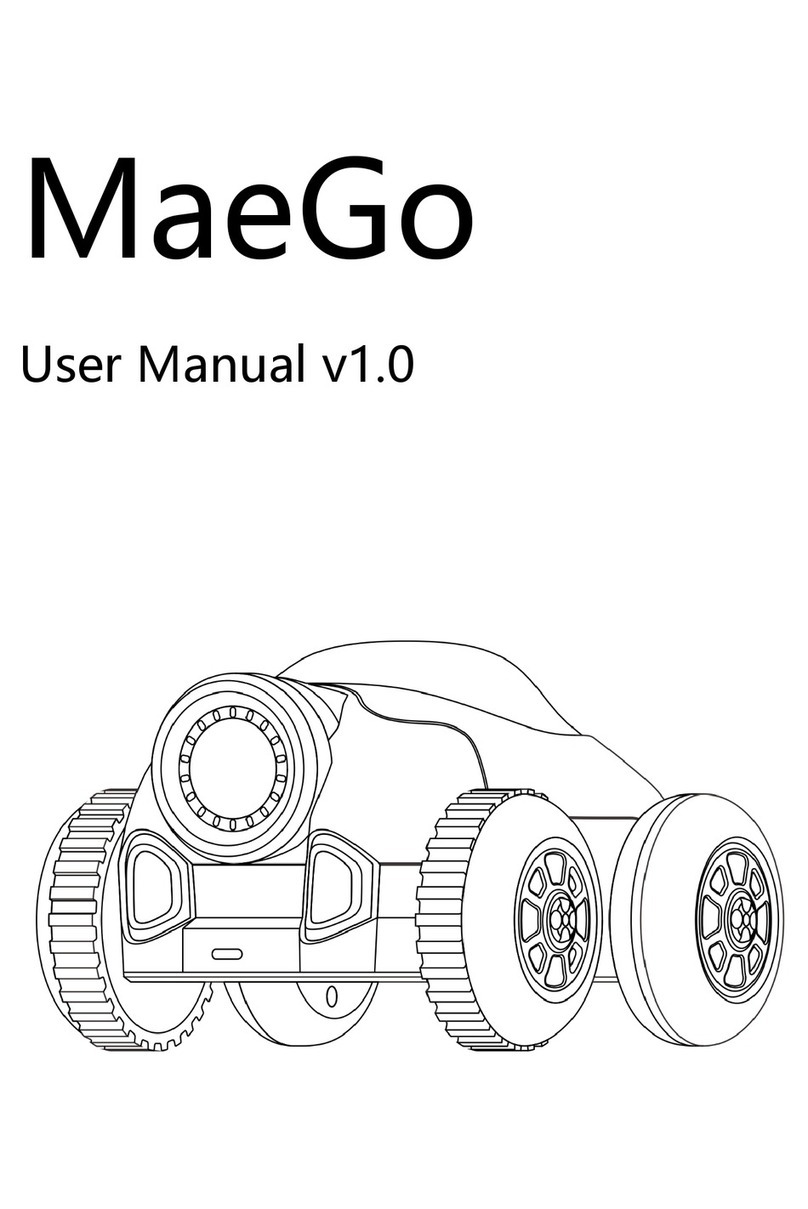Evil Mad Science Original Egg-Bot User manual

Kit version 2.0
Manual v. 2.0f
12/12/2010
Distributed by
Evil Mad Science LLC
http://evilmadscience.com/
An open-source hardware+software project. For links to design files, source code, examples,
support resources & additional documentation, please visit: http://egg-bot.com/
The Original Egg-Bot kit is the product of many years of evolution, dating back to the first Eggbot,
developed by motion control artist Bruce Shapiro in 1990. The present kit was developed by Evil
Mad Scientist Laboratories in cooperation with Bruce Shapiro, Ben Trombley, and Brian Schmalz.
This kit is designed to allow you to draw on spherical & egg-shaped objects from about
1.5-4.25” (4-10 cm) in diameter. Internet access, simple tools, and a recent-generation computer
(Mac/Win/Linux) with a USB port are required.
This assembly guide covers the procedures for putting together your Eggbot Kit. Typical assembly
time is estimated to be 1-2 hours. Please exercise appropriate care when building it: The kit
contains many small parts and some parts that could be sharp. Keep out of reach of small children.
Older children and teens may require adult assistance.
Support Forum: http://www.evilmadscientist.com/forum/
Assembly Guide

Your kit came with a bill of materials: an up-to-date list
of what’s in your particular kit. The exact items may
differ very slightly between versions of the kit.
In the instructions, we refer to components by their line
item number on the bill of materials. For example, #1
is the chassis-- a set of five fiberglass pieces.
STEP 0: It’s the BOM.
[Egg-Bot Kit Assembly Guide]

STEP 1: Tool Checklist
Essential tools: Needed to build and use the kit:
1. Small Phillips head screwdriver(s)
There are several places in the assembly process where you
will need to provide a small Phillips head screwdriver. You may
find it helpful to have a couple of different sizes handy.
3. Electrical power
And if you’re so inclined...
2. Computer, Internet access,
USB port....
To use the Eggbot, you’ll need a reasonably
recent vintage computer (Mac, Windows, or
Linux) with an available USB port as well as
internet access to download software.
All of the software that you’ll need will always
be available for free. Visit http://egg-bot.com/
to get started.
Wire strippers, soldering iron, etc.
Rather than using cable ties, you may want to reduce the length of
the wires on the stepper motors. If you’d like to trim, strip, and tin
the wires, you’re certainly welcome to do so.
The Eggbot kit comes with a regulated universal-input
power supply that accepts worldwide voltages and puts
out 9 V DC at up to at least 1 A. (International users
may need to supply a plug adapter to fit the prongs into
local outlets.)
If you’re using your own external power, make sure that it provides
9 to 18 V DC, has a center-positive plug and is rated for at least
1000 mA. (A 12V car battery with the right connector can do the
job, for example.) Please be careful: Inappropriate voltage or
polarity can cause permanent damage.
Suggested tools: Recommended; not required
1. Masking tape & Scissors, or Glue
There is a place in the appendix where you can-- optionally --use some
little strips of masking tape as shims or glue (5-minute epoxy, for
example) to fine-tune the performance.
2. Small cable ties
The wires on the stepper motors are long. There are mounting
holes provided in case you want to tie them up with a couple
of small cable ties.
OK, Let’s get started! >>>
[Egg-Bot Kit Assembly Guide]
3. Containers to hold small parts
Small bowls, an egg carton, or an array of paper cups may be helpful
for organizing small parts while you put the Eggbot together.

[Egg-Bot Kit Assembly Guide]
STEP 2: The first three parts
#2 5/64” Ball-end hex wrench
#3 3/32” Hex wrench, nickel plated
Beyond the tools already mentioned, two
additional tools are included in the Eggbot kit:
A 5/64” hex wrench and a 3/32” hex wrench.
You’ll use them frequently.
The chassis is made of fiberglass and copper.
Its edges may initially be sharp, both from how it’s cut, and
from any residual tabs– little bridges that held the parts
together during manufacturing. We’ll address that in the
next step, but please handle with care in the mean time.
This is the Eggbot chassis, #1 on your
BOM. It consists of five separate pieces.

[Egg-Bot Kit Assembly Guide]
STEP 3: Deburring the chassis
Use the nickel-plated hex wrench (the shiny one!) to
remove any sharp edges from the five chassis pieces.
Rub the wrench along each chassis edge at a 45° angle.
Usually one solid rub on each edge is sufficient to
break any sharp corners.

Nylon split bushings, part #4
STEP 4: Split bushings, part I
The two nylon split bushings, part #4, go into
the two of the chassis pieces indicated, from
the sides labeled with the big black circles.
TO BE CONTINUED...
[Egg-Bot Kit Assembly Guide]
(This piece is called the tailstock foot)
(This piece is called the tailstock brace)

STEP 5: Split bushings, part II
[Egg-Bot Kit Assembly Guide]
To install one of the bushings in the chassis, twist it as
shown, so that you can insert it into the hole, one edge at
a time. They “snap” into place, and it will be clear when
they’re installed correctly.
If necessary, the bushings can be removed by a similar
process-- by pushing one edge of the bushing in and
through the opposite side of the chassis board.

STEP 6: Test-fit the dowel pin
Part #5 is a 1/4” diameter steel dowel pin.
In the unlikely event that it does not fit
easily, do not force it. Instead, double-check
that the bushings are fully seated and try
again.
(If the problem persists, please contact
Evil Mad Science customer support for
help: contact@evilmadscience.com )
Carefully insert the dowel pin into each of the installed
split bushings. The pin should slip easily into each of
them and turn freely. Assuming that this is the case,
set the dowel pin aside and go on to the next step.
[Egg-Bot Kit Assembly Guide]

STEP 7: Screws and Standoffs
[Egg-Bot Kit Assembly Guide]
In the next step, you’ll need the four
threaded aluminum standoffs, part #6. You’ll also need 8 pieces of part #7, the
1/4” length stainless steel button socket
cap screws. (There are a total of 21 of
these in the kit.)
Be careful to use all screws of the same
length: The Eggbot kit also contains two
similar but slightly longer screws that
you will need in a later step.

Here’s how it looks once all four are added.
STEP 8: Adding Standoffs
[Egg-Bot Kit Assembly Guide]
The screws go into the four holes
shown, from the side that where
the holes have solid outlines.
Holding each screw head with a fingertip,
thread on the standoff from the opposite
side, where the holes have dashed outlines. Do not tighten the screws (yet).

As you insert the screws, tighten them with
the ball end of the 5/64” hex wrench.
Be careful not to over-tighten the screws.
And, tighten the screws on both sides.
The other four screws go into the standoffs from the
other side, again through the holes with solid outlines.
STEP 9: Mating the two tailstock pieces
[Egg-Bot Kit Assembly Guide]
Test fit the two tailstock pieces together: the standoffs
go against the holes with the dashed outlines.
When you’re done, the tailstock should
look like this. You should have a clear
view through both nylon bushings.

STEP 10: Angle brackets
[Egg-Bot Kit Assembly Guide]
In the next step, you’ll need six of
the steel angle brackets, part #8.
You’ll also need 6 more pieces of part #7,
the 1/4” length button socket cap screws.
Pro-tip: You may want to test-thread one of the steel
screws into each side of each angle bracket, using the
hex wrench. The threads in their holes may be rough,
and this process can help to “break them in.”

STEP 11: Adding tailstock angle brackets
[Egg-Bot Kit Assembly Guide]
Add the six angle brackets to the tailstock.
They sit within the six rectangular outlines.
Each bracket is held in place by a screw from
the other side. Again, they go through the
holes with solid outlines. Tighten the screws
only just enough to hold them in place.
Once the brackets are all in place, stand the
assembly up on end. Hold the “angled” side of each
bracket down, flat against a hard surface. Then,
tighten that bracket’s screw well to hold it in place.
And, here’s how it should look when you’re done.

STEP 12: Adding headstock angle brackets
[Egg-Bot Kit Assembly Guide]
Using the same procedure as for the tailstock, use six
more screws to add six angle brackets to the headstock.
As before,the angle brackets go in the outlined
locations. Again, put the angle brackets in loosely at first
and only tighten them once they’re held flat.
This chassis piece is the headstock.
It’s a good idea to check that the angle brackets on both
the headstock and tailstock appear to be “square” to the
outlined locations. If they are askew, you’ll find it harder
to adjust the thumbscrews in upcoming steps.

STEP 13: Plunger Parts
[Egg-Bot Kit Assembly Guide]
We’ll need this in the next few steps,
plus the other parts shown here:
You’ve already met part #5, the 1/4”
steel dowel pin.
Polyurethane “egg cups,” part #13.There are
four in each kit. You’ll only need two, and two
are there as extras.
#9, the steel spring
#10, the 1/4” shaft collar.
(It’s the one that fits the dowel pin)
#3, the 3/32” hex wrench,
which fits the little screw in
the 1/4” shaft collar
#11, the tiny O-ring #12, the even tinier
nylon washer

STEP 14: Add the shaft collar to the dowel pin
[Egg-Bot Kit Assembly Guide]
Add the 1/4” shaft collar to the
end (either end) of the dowel
pin. You may need to loosen its
screw, but it should fit easily.
Carefully line up the end of the end
of the dowel pin to the end of the
shaft collar. The dowel pin must not
stick out through the shaft collar.
Once the shaft collar is in place, tighten it
well to keep it there. You can use the “long”
arm of the wrench for extra leverage.

Then, take one of the egg cups, and carefully align it over the very
center of the dowel pin and shaft collar. Press it lightly into place.
Check the shaft end and shaft collar for any dirt, oil,
or other debris that could interfere with sticking
the egg cup in place. Wipe them off if necessary.
STEP 15: Adding an Egg Cup to the Plunger
[Egg-Bot Kit Assembly Guide]
We’ve already got the shaft
collar on the dowel pin
Next, we’ll add one of the
self-adhesive polyurethane
“egg cups” to the end.
Inspect the egg cup, and check that it’s fairly well centered
on the shaft end. If it is, press it again to help affix it in
place. If not, try to realign it and then press it into place.

STEP 16: Installing the Plunger
Slide the spring onto the shaft of
the dowel pin, and then slide the
thin nylon washer into place.
Lay the tailstock down
as shown, and place the
little O-ring right here.
Lower the shaft through
the tailstock brace,
through the O-ring, and
into the tailstock foot.
The tailstock assembly is now complete.
The O-ring captures this “plunger” and
prevents it from falling out accidentally.
[Egg-Bot Kit Assembly Guide]

STEP 17: The EBB and its mounting hardware
[Egg-Bot Kit Assembly Guide]
You’ll also need....
Next, we’re going to mount the Eggbot control
circuit board. This is the EiBotBoard, aka
EggBotBoard, aka EBB, and #14 on your BOM.
(This circuit board may be either red or white.)
You’ll also need the 3/32” hex
wrench again; it fits the heads
of those hex cap screws.
Four longer hex
cap screws, #15,
Four hex nuts, #16,
And four nylon spacers, #17.

STEP 18: Where we mount the EBB
[Egg-Bot Kit Assembly Guide]
The EBB will be mounted
in this location, oriented
as it’s shown below.
The EBB has mounting holes on its four corners.
To mount it, we’re going to put those four long &
hex cap skinny screws in from the back side of
the board, in the locations shown below. The
holes are labeled by solid circles.
